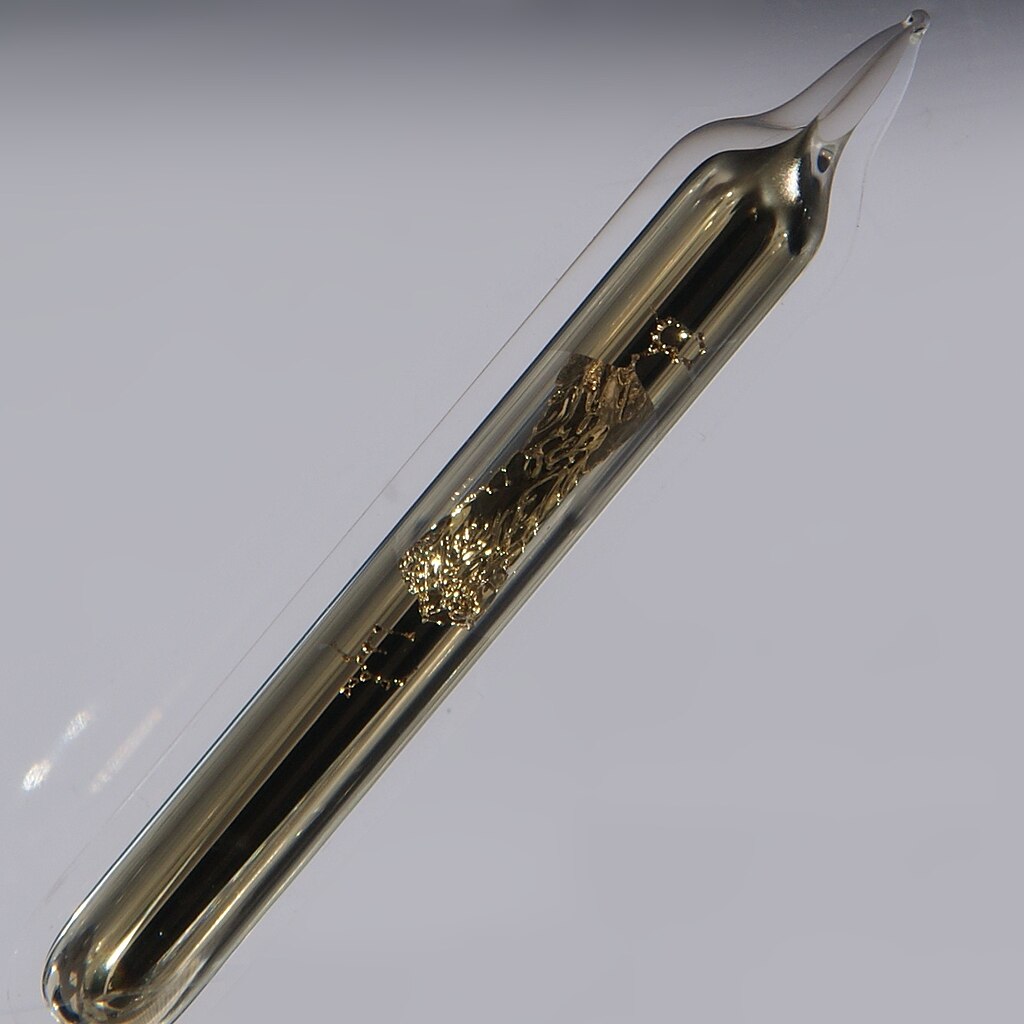German and Swedish researchers calculated the supply of materials for the production of perovskite tandem PV on a scale of several terawatts, which highlighted the difficult supply of gold, indium and cesium, as well as the need to reduce the production of certain materials used for streamline hole transport layers. “Essentially, we may be able to go post-fossil fuels, but we can’t go post-mineral,” the study’s corresponding author Lukas Wagner told us. pv magazine.
While investigating the material supply for perovskite-based tandem technologies with a volume that allows solar energy penetration of several terawatts, a group of researchers from Germany and Sweden identified “supply risks” for materials used in high-performance perovskite PV devices, such as cesium. Cs) used in perovskite alloys, indium used in transparent electrodes, and gold used in electrodes and some organic contact layers.
“I was particularly surprised by the demand-production ratio of C’s. I had done some calculations for various materials when I started the project, but Cs was not on my radar,” said corresponding author Lukas Wagner, researcher at Philipps Universität Marburg. pv magazineadding that the problem with assessing the criticality of the cesium supply is that it needs reliable figures on future mining activities.
“Compared to most other materials assessed, Cs production today is extremely low. As I understand it, the main reason for that is that demand is very low – there just aren’t many applications that need Cs. Cs mining may need to scale up at the same pace as perovskite PV production,” Wagner said.
“Essentially, we might be able to do it post-fossil fuels, but we can’t do it post-mineral. When designing future energy technologies, we must ensure that we use material resources in the most sustainable way.”
There is also work to be done to scale up production capacity of halides and “the most promising organic solvents for coating perovskite layers.” With the exception of PEDOT:PSS, none of the synthetic routes of organic charge transport materials are currently compatible with industrial large-scale production, the team noted.
The research took into account two factors that are important for supply: primary production of minerals and production capacity for synthetic materials. This approach, the team explained, is more involved than typical manufacturing demand assessments because it emphasizes that scaling up production research to industrial levels must also be part of resource availability analyses.
The scientists used the numerical model REgional Model of Investment and Development (REMID), which is described by the developers of the Potsdam Institute for Climate Impact Research (PIK) as representative of the future evolution of world economies, with technological details on the energy sector and the consequences for the world’s climate.
They caution that their estimates should not be taken as market prospects, but rather as a plausible assessment of the resources required if global demand for PV modules were to be met with perovskite tandem devices.
Solvents were taken into account, but not glass and base metals such as copper or aluminum and steel used in electrical wiring, mounting and framing, keeping the focus on the functional layers of the solar cell stack.
Feedback from presentations about the research was positive and led to discussions about sustainability, resources and recycling. “I had the idea to give the community some criteria to select their materials. But the underlying message of the article is that we all do PV research because we want to have an impact in the fight against climate change. But to really make an impact, we have to start thinking on a TW scale, even if we make solar cells in the laboratory that are smaller than a square centimeter,” says Wagner.
The work is described in “The resource demand of multi-terawatt scale perovskite-tandem solar photovoltaics,” published in Joule. The researchers came from Uppsala University, the German Fraunhofer Institute for Solar Energy Systems ISE and the Fraunhofer Institute for Materials Recycling and Resource Strategies (Fraunhofer IWKS).
This content is copyrighted and may not be reused. If you would like to collaborate with us and reuse some of our content, please contact: editors@pv-magazine.com.

